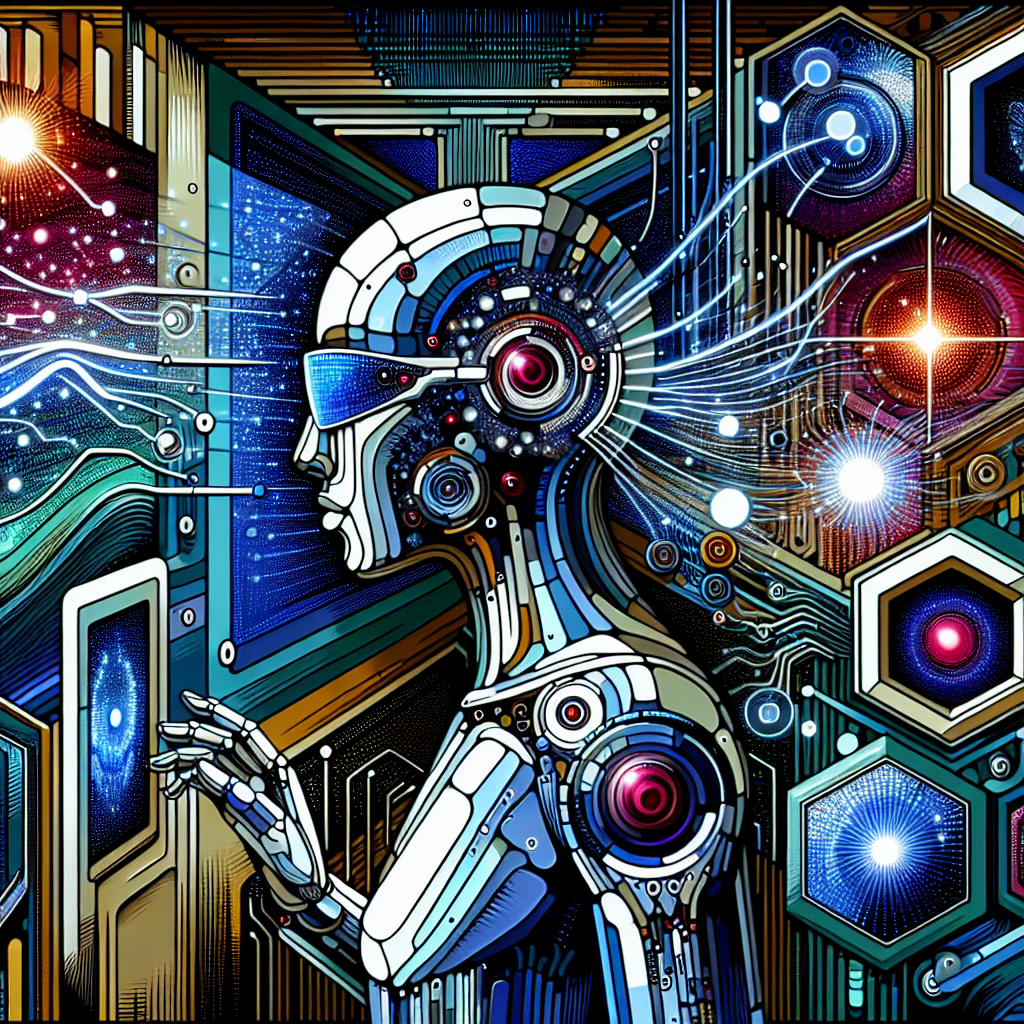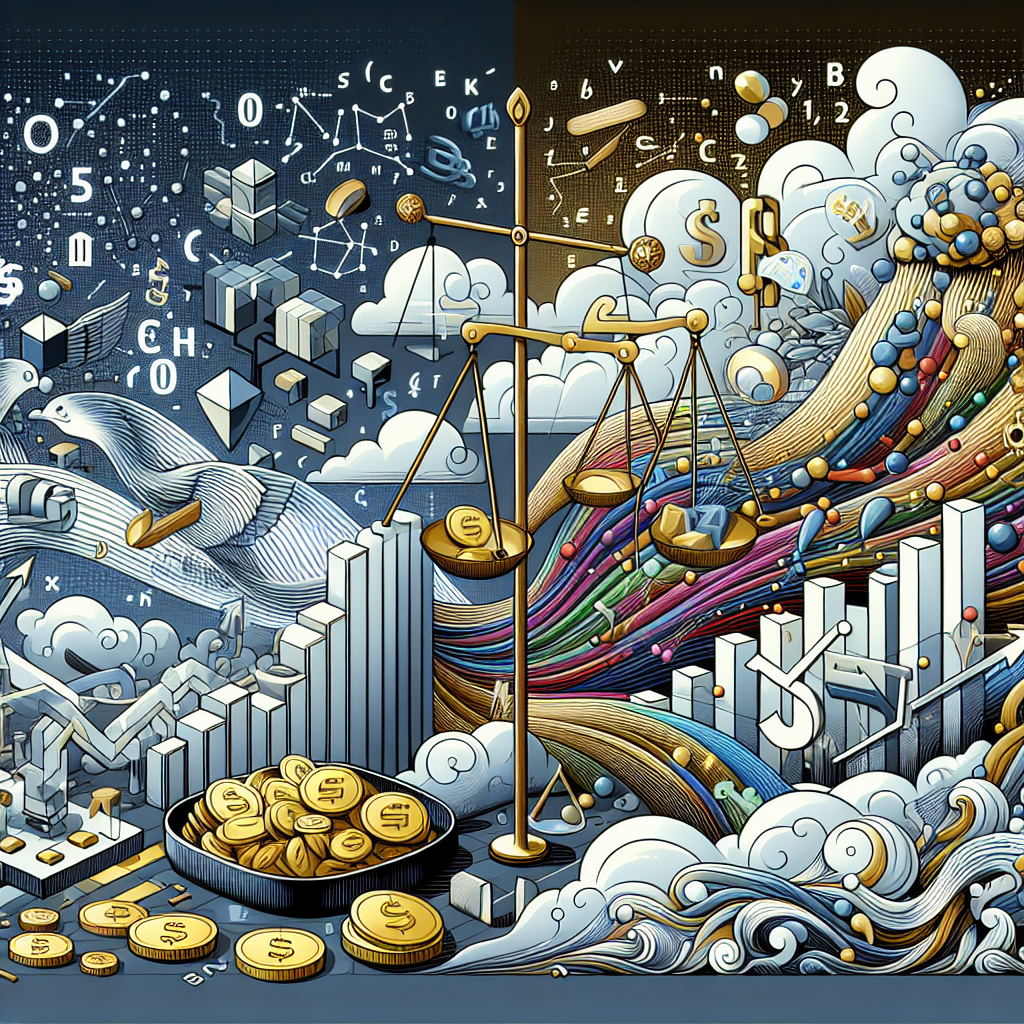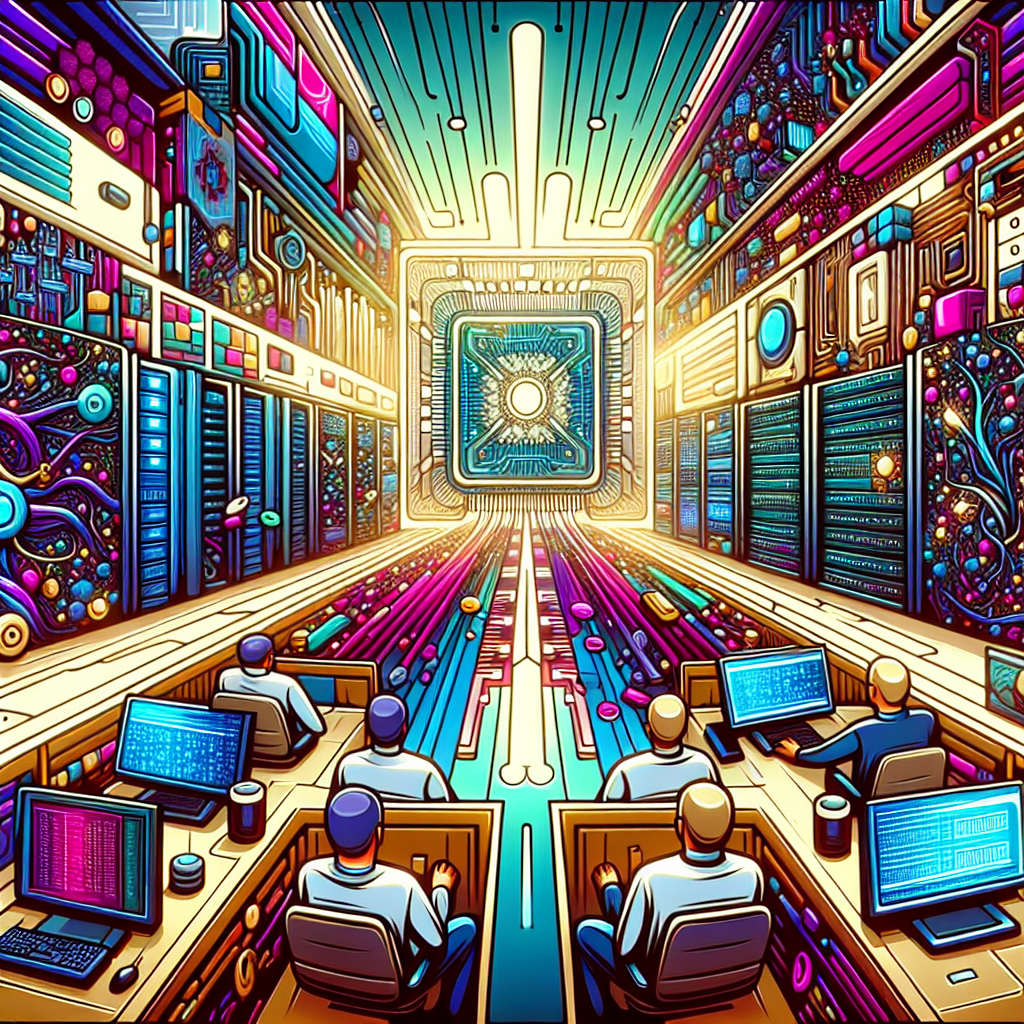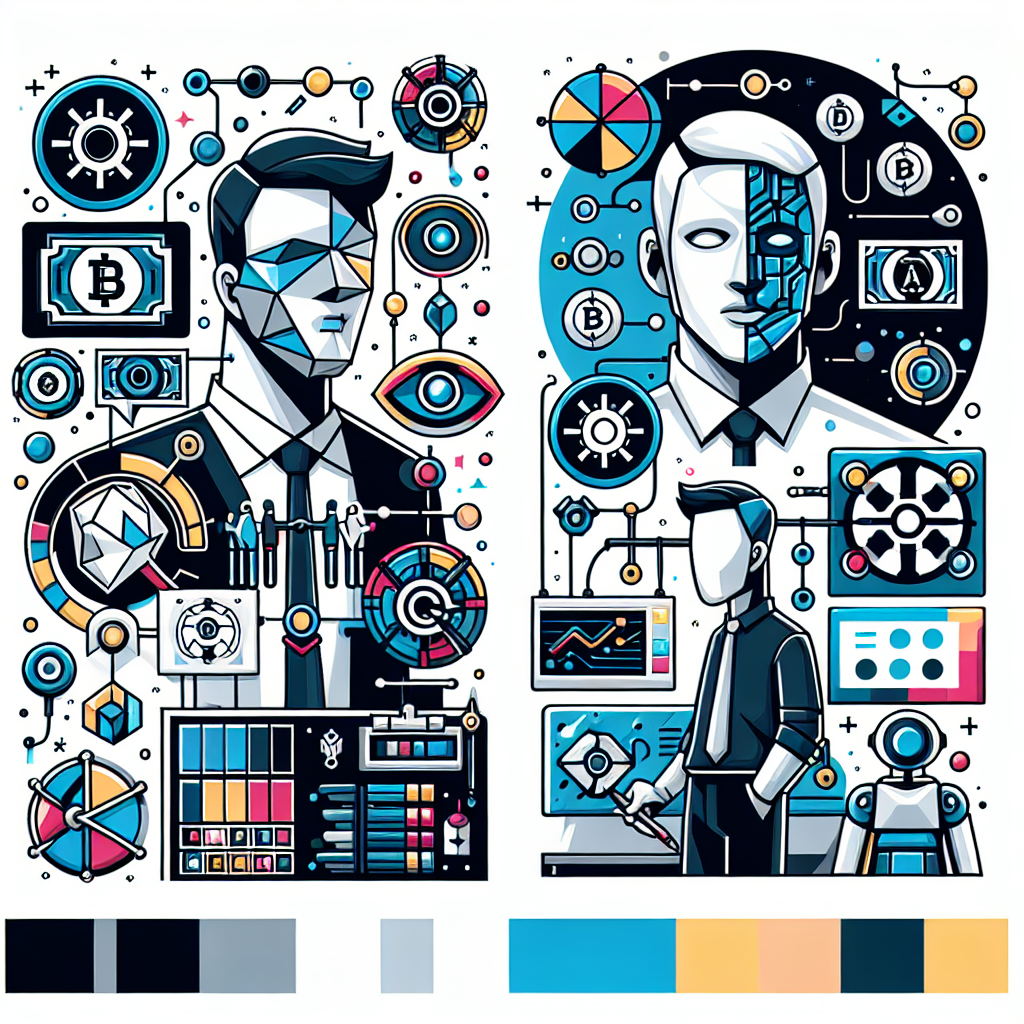Tag: decentralization
Following the abrupt termination of the Telegram Open Network (TON), many users are turning towards different crypto storage ...
Virgil Griffith, a prominent Ethereum developer, has decided to part ways with the blockchain-based platform over concerns regarding ...
The Cypherpunk movement of the 1980s revolutionized internet privacy and laid the groundwork for the development of cryptocurrencies. ...
The advent of novel technologies, particularly blockchain and related digital transformations, has primed the global economy for a ...
Unichain Unveils Future Plans Unichain, a promising name in the blockchain sector, has made public its much-anticipated roadmap ...
In an increasingly digital world, we’re witnessing how blockchain technology is transforming various sectors. One such example is ...
The exponential rise of Bitcoin and other cryptocurrencies has sparked intense debates globally about its potential to fundamentally ...
Injective Protocol: Pioneering Decentralized AI Agents Leading the pack in blockchain technology advancements, Injective Protocol is setting the ...
In an ambitious move to disrupt the centralized structure of major social media platforms, Project Liberty and Soar ...
Bitcoin, the pioneering digital asset, has seen its value increase exponentially over the last decade. The ascent of ...
An Overview Artificial Intelligence (AI) projects are showing increasing interest in the concept of decentralization, facilitated by blockchain ...
An Overview of Decentralization The term decentralization is central to cryptocurrency and blockchain discussions. However, it often gets ...















